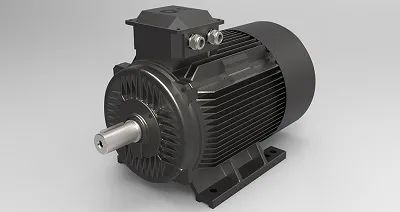Working principle and structure of series motor
Structure of series motor
The motor is mainly composed of stator, rotor and bracket. The stator is composed of salient pole core and field winding. The rotor is composed of hidden pole core, armature winding, commutator and rotating shaft. A series circuit is formed between the field winding and the armature winding through brushes and commutators.

The principle of series motor
When powered by an AC power supply, the principle of generating rotational torque can still be explained by the operating principle of a DC motor.
When there is a current in a conductor, a magnetic field is generated around the conductor, and the direction of its magnetic field lines depends on the direction of the current. Put a current-carrying conductor into a magnetic field. The interaction between this magnetic field and the magnetic field generated by the current-carrying conductor will cause the conductor to be subject to a force F, and thus cause movement. The conductor will move from a place where the magnetic field lines are dense to a direction where the magnetic field lines are sparse. , when a coil composed of two mutually opposite conductors is placed in a magnetic field, the two sides of the coil are also subjected to forces. The directions of these two forces are opposite, producing a torque.
When the coil rotates in the magnetic field, the corresponding two coil sides move from one magnetic pole down to the other magnetic pole. At this time, due to the change in the polarity of the magnetic field, the direction of the force exerted on the conductor will change, and the direction of the force exerted on the conductor will also change. The direction of the torque changes, causing the coil to rotate in the opposite direction, so the coil can only swing back and forth around the central axis.



























 XINDA
XINDA